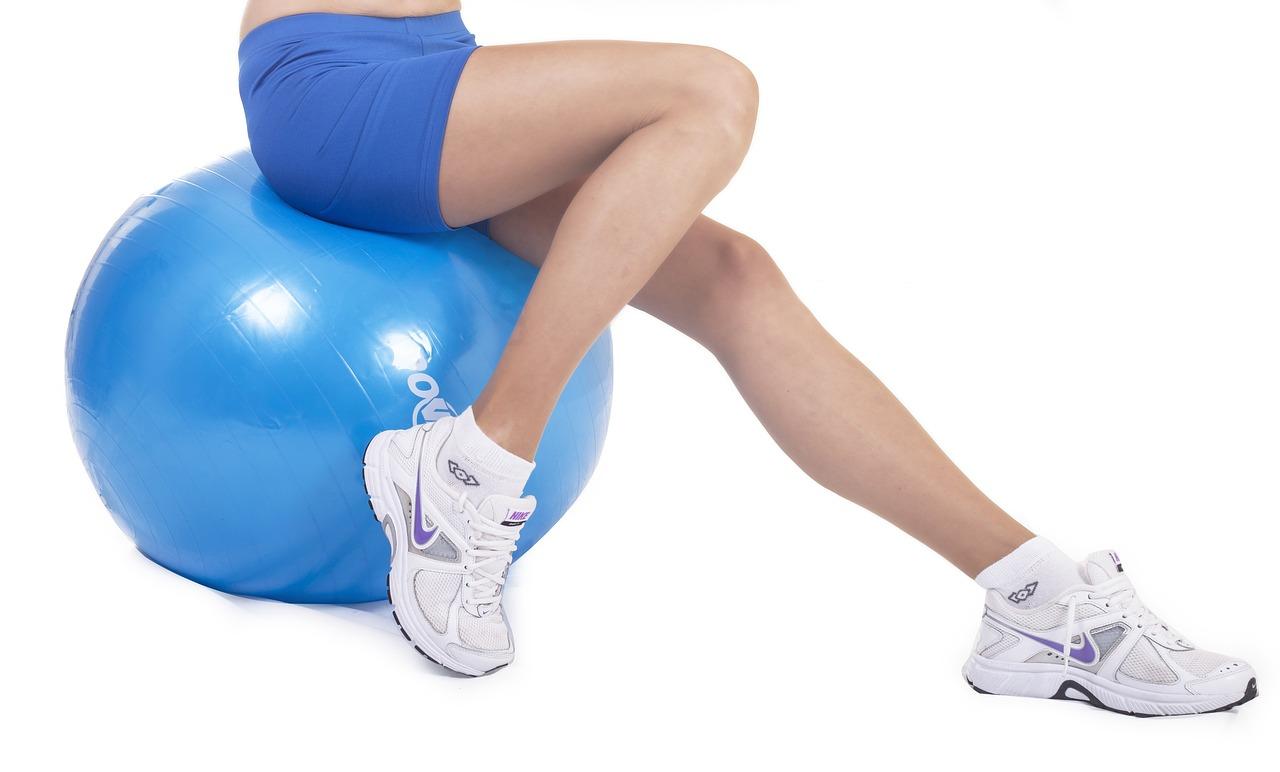21% of adults suffer from Gracilis Muscle pain, an inflammation of the inner thigh muscles due to various causes. The most common symptom is burning, cramping, or aching in the groin area and lower abdomen, but it can also affect other parts of the legs, such as the calves and even ankles.
So, what is Gracilis Muscle pain, and how can it be treated or relieved? There are many different ways to get relief from this condition, including stretching and strengthening exercises, massage therapy, physical therapy, pain medications, and more.
Table of Contents
An Overview of The Gracilis Muscle
The gracilis muscle is a sheet-like muscle located in the anterior part of the thigh, closer to the hip than the knee. It originates from the lower pubic symphysis and inserts on the proximal tibia near the medial condyle. The gracilis muscle can flex, adduct, and rotate (medially) the thigh at the hip joint. Moreover, it also supports significant movement at the knee joint such as flexion and weak adduction.
This vital muscle has been widely studied by physical therapists and medical professionals for its utility in rehabilitation after trauma or injury in this area of the body. Furthermore, it is a popular target for electrophysiological studies because of its ability to provide valuable insights into how nerve-mediated processes work. Understanding how this muscle works can improve treatments for tissue injuries involving this anatomy area.
Causes of Pain in the Gracilis Muscle
The Gracilis muscle, located in the inner thigh, is known to experience pain for various causes. These range from minor soreness after a workout to severe injuries and chronic conditions.
Common causes of pain in the Gracilis muscle include improper technique during workouts, trauma from direct impact or falls, and medical conditions such as tendonitis and bursitis. Overuse injuries can also significantly cause discomfort in this area, with symptoms becoming more pronounced after repetitive movements or long periods of activity.
Seeking the advice of a qualified physiotherapist or orthopedic specialist may help diagnose and treat any causative issue to reduce or eliminate the associated pain.
Common Signs You May Have a Gracilis Injury
Common signs of a gracilis injury include swelling and tenderness near the inner thigh, difficulty moving, reduced range of motion when moving your leg, and sharp or dull pains in the groin area. If you’re experiencing any of these symptoms, it’s best to visit a medical professional for a proper examination, as early diagnosis and treatment are essential for avoiding more serious complications.
Additionally, it’s also important to seek medical advice if there is any associated bruising or discoloration in that area. While you can undoubtedly perform certain self-care techniques, such as icing the affected area and taking medications, never hesitate to consult a doctor if you believe you have suffered a gracilis injury.
Options to Treat Gracilis Pain
Those suffering from pain in their gracilis muscle can take comfort in knowing that various treatment options are available. The right choice for you, from physical therapy and stretching exercises to medications and injections, will depend on your individual symptoms and needs. Physical therapy will help strengthen muscles and improve posture to reduce tension and teach proper form for activities like walking, running, or jumping.
Stretching is also important, especially when it comes to releasing trigger points that may be related to muscle tension. Medications and injections can target the source of inflammation or other imbalances that lead to pain while providing relief from acute symptoms.
Ultimately, talk with your doctor about the multiple Gracilis pain treatment options available so you can decide which one best suits you!
Effective Stretches for the Gracilis Muscle
Stretching the gracilis is a simple and effective way to soothe this discomfort. Here are some helpful stretches you can try.
- Butterfly Stretch: Start this stretch by sitting on the floor with your legs bent and both feet touching one another. Gently press down to lower your knees towards the ground, feeling a nice pull in your groin area as well as the inside part of the thigh. Remain like that for around 30 seconds before releasing slowly.
- Piriformis Stretch: This stretch is an ideal solution to alleviate tight hip flexor muscles or even pain in the groin due to a pinched nerve. Lie down comfortably with both legs bent and your feet flat on the floor. With one ankle, place it atop the opposing knee, then slowly draw that knee toward you for tension. Firmly grab onto that same ankle and pull up towards your hipbone before holding for 10 seconds, followed by releasing – do this twice per leg side (right & left) for optimal results.
Canceling any stretching activities is essential if you experience pain in the groin or thigh area. A potential injury known as a gracilis muscle strain could be present, along with other medical conditions that cause discomfort around this region. To get proper care and determine what might be causing such soreness, seeking out further medical attention can resolve your concerns.
Exercises to Build Gracilis Muscle Strength
Exercising the gracilis muscle can be an effective way to strengthen it and improve overall physical fitness. To achieve this, many different exercises have been designed to target the gracilis muscle specifically.
Popular movements include squats and step-ups, which should be performed with weights on one’s shoulders or hips in order to create resistance; rectus femoris stretches, in which you kneel on one knee while keeping your other leg extended and both feet flat on the floor; side lateral raises while standing upright with free weights; and kickback sets in which you lean over a bench while keeping your legs extended as if you were kicking back.
Each exercise should be performed slowly and steadily to get optimal results for better muscular strength and improved physical fitness.

